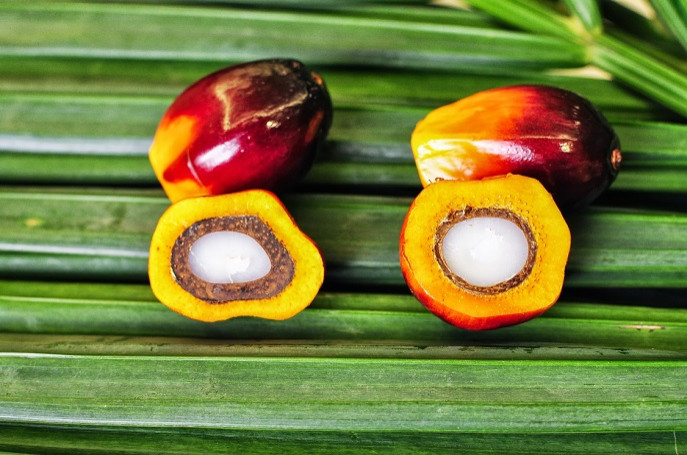Crucial Oil Palm Gene Could Prove Beneficial To Farmers And Asian Rain Forests

A single gene in the oil palm could hold the key to making more oil from fewer plants -- and could possibly help preserve Asian rain forests from destruction.
Palm oil accounts for nearly 40 percent of the world’s vegetable oil. It’s remarkably efficient, too, using just 5 percent of the land farmed for oil-producing crops. But there’s one major problem with oil palm. Since it is such a valuable crop, rain forests in South Asia -- including some that are home to the endangered Sumatran tiger and Asian rhinoceros -- are being cut down to grow it.
Now scientists have discovered a gene that governs the oil yield of the oil palm. The find could help balance the demand for palm oil with the desire to conserve rain forests.
Researchers from Cold Spring Harbor Laboratory in New York, the Malaysian government’s Palm Oil Board (which also provided funding for the work) and St. Louis, Mo.-based Orion Genomics, published a paper examining this crucial gene in the oil palm on Wednesday in the journal Nature. Also, in collaboration with scientists from the American Museum of Natural History, the University of Arizona and the Washington University School of Medicine in St. Louis, the group published a second paper in Nature with the full genome sequence of the African oil palm and a draft gene sequence of the South African oil palm.
The fruit of the African oil palm, Elaeis guineensis, comes in three varieties: the thick-shelled dura, the shell-less pisifera and the thin-shelled tenera, which is a hybrid of the two other forms. The tenera palm produces much more oil than the dura, and it is widely preferred for commercial palm oil production. Once the oil palm gene was sequenced, the researchers found a single gene called SHELL, where mutations seem to flip the switch to the tenera variety.
“This gene mutation explains the single most important economic trait in oil palm and has implications for the competing interests of global edible oil production, biofuels and rain forest conservation,” the authors wrote in Nature.
A tenera palm, which produces about 30 percent more oil than the dura palm, contains one mutant and one normal version of SHELL, the researchers found. Now that they have a genetic trait to look for, oil palm farmers may soon be able to quickly figure out which of their plants are going to grow up to be high-yield trees. Currently, it can take about six years to determine if a young oil palm is a tenera or a dura. Now, genetic techniques could be used to help farmers pick out the best plants while they’re still in the nursery.
"The discovery of Shell indicates a clear path toward more intensive use of already planted lands, and thus should lessen pressures to expand the land area devoted to oil palm, notably onto endangered rainforest land -- a major concern for the environment and a rallying point for activists in recent years," coauthor and Orion Genomics cofounder Robert A. Martienssen said in a statement.
SOURCES: Singh et al., “Oil palm genome sequence reveals divergence of interfertile species in Old and New worlds”; Singh et al., “The oil palm SHELL gene controls oil yield and encodes a homologue of SEEDSTICK.” Nature published online 24 July 2013.
© Copyright IBTimes 2025. All rights reserved.





















